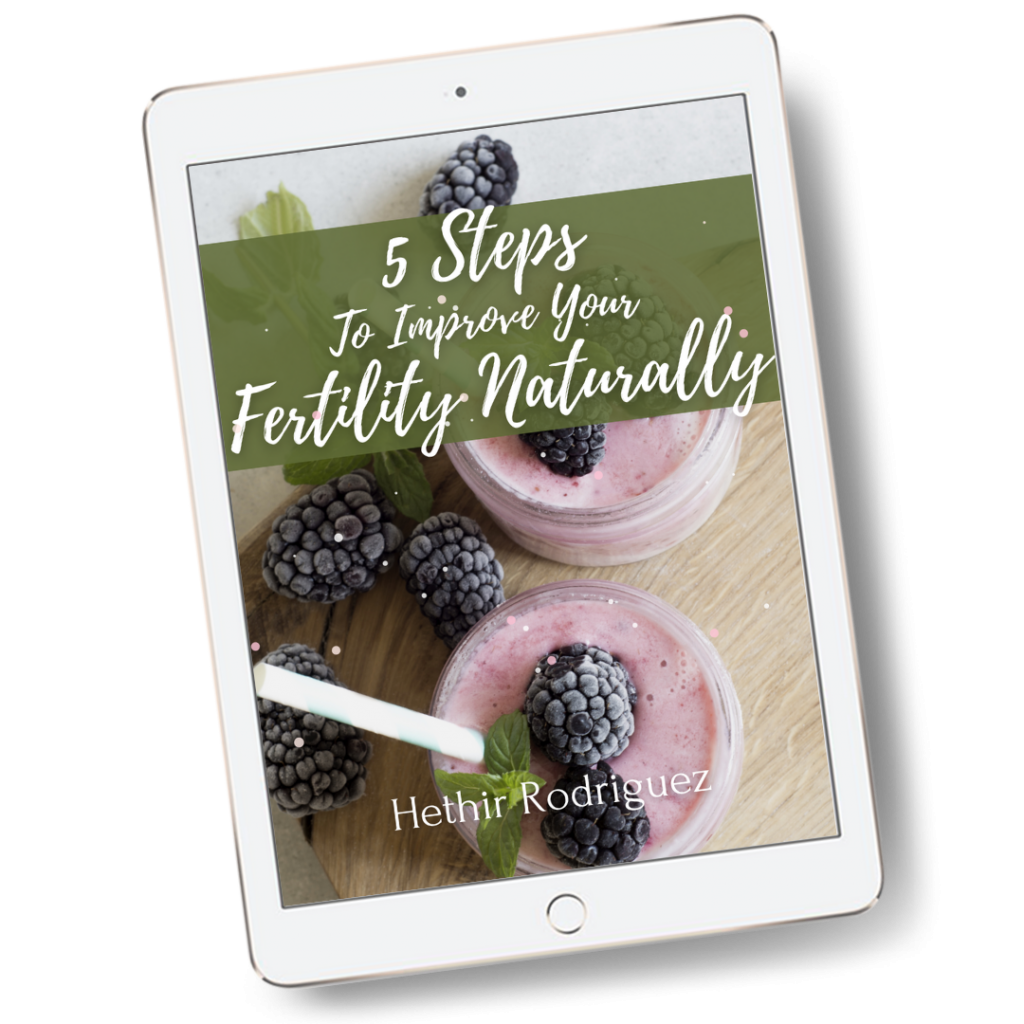What is the Luteal Phase?
The Luteal Phase is the time between ovulation and the start of a woman’s period. It is during this important time that fertilization and implantation occurs.
As you might imagine, any disruption in the luteal phase of the cycle can be cause for concern since it can affect fertility. Most experts agree that a luteal phase less than 12 days does not give the uterus sufficient time to establish a nourishing lining for a growing fetus and therefore will cause a miscarriage if fertilization has occurred.
Symptoms of Luteal Phase Defect
- A short menstrual cycle
- Low progesterone
- Disrupted basal body temperatures after ovulation
- Odd symptoms during luteal phase such as low back pain, bleeding and loose stools
Fertility charting can help to determine the length of your luteal phase and can tell if you have low progesterone levels. Luteal phase defect is estimated to affect 3-4% of women who have ‘unexplained infertility’, up to 63% of women who repeatedly miscarry and 6-10% of women who are fertile. Progesterone is responsible for the increase in basal body temperature after ovulation so, if your temperature does not remain elevated for a minimum of 12 days, you may have a luteal phase defect.
There are several factors which can cause a luteal phase defect (LPD). The most common is a low progesterone level. Progesterone is an important hormone needed for preserving the uterine lining and pregnancy during the first trimester. In the event a woman’s progesterone production did not reach the optimal level during this important stage in her cycle, LPD may occur.
Low Progesterone and Luteal Phase Defect
Progesterone is produced throughout the entire cycle with levels elevating directly after ovulation and staying elevated until menstruation begins. If progesterone levels do not elevate enough after ovulation or drop too soon before menstruation, this can cause a short luteal phase. Here are some of the most common culprits to low progesterone:
Poor Follicle Production
If the pituitary gland does not make enough FSH hormone during the first half of the menstrual cycle (the time between your last period and ovulation), then follicle production may be weak, which can cause a thin uterine lining and an early period. This of course will prohibit fertilization and implantation from taking place.
A Premature Drop in Progesterone
If progesterone levels drop too soon (usually within a few days of ovulation), then the body will automatically think that it is time to flush out the uterus and start all over again. Very short cycles (usually less than 24 days) is usually a sign of this type of luteal phase defect.
Low Luteinizing Hormone
Luteinizing Hormone (LH) increases prior to ovulation occurring (24hrs). It is this spike in LH which causes ovulation to occur. A lower than normal LH surge at ovulation can prevent ovulation from occurring and cause low progesterone levels as well.
Uterine Lining Failure
A fertilized egg needs a nourishing environment to grow into a fetus. This is the job of the uterus. But, if your uterine lining is not thick enough – or strong enough – it can’t sustain this new life and a miscarriage may occur. This too can be caused by low hormones or hormonal imbalance. Estrogen is the hormone which thickens the uterine lining in preparation for implantation and progesterone “ripens” the uterus preparing for implantation.
Abnormally Low Cholesterol Levels & Being Underweight
Another cause of LPD is abnormally low cholesterol levels which results in low to no progesterone production. All hormones, including progesterone, must have cholesterol in order to be manufactured by the body. Being underweight can also be a cause for LPD due to low cholesterol and body fat levels which can cause low hormonal levels across the board.
Solutions for Luteal Phase Defect
While a luteal phase defect can be very serious, prohibiting a pregnancy until it is fixed, the good news is that in most cases it can be helped by natural therapies.
Luteal Phase Defect and low progesterone levels can be affected with a variety of methods including herbs, diet, supplements and/or progesterone cream.
Diet
Make sure that any of the herbal and supplement suggestions mentioned below are made in conjunction with a diet rich in whole foods, specifically:
Vitamin C: A study in Fertility and Sterility showed that vitamin C improves hormone levels and increases fertility in some women with luteal phase defect. During the study, 25% of the women who received vitamin C had gotten pregnant within 6 months compared to the placebo group in which 11% were pregnant in the same time period. Foods rich in vitamin C are: Papaya, bell peppers, broccoli, brussels sprouts, strawberries, and oranges.
Essential fatty acids: EFA’s are important for hormone production. Many women are low in EFA’s, specifically omega 3. Some foods rich in EFA’s are: Flaxseeds, walnuts, salmon, sardines, halibut, shrimp, snapper, scallops, and chia seeds.
Green leafy vegetables: Green vegetables are rich in B vitamins, which are necessary for proper hormonal balance.
Cholesterol from eggs, coconut oil, and fat from organic and grass-fed animal products: Cholesterol is necessary for hormone production. Avoid eating a ‘low-fat’ diet and make sure to eat a diet that includes whole fat sourced from grass-fed animal products. Foods rich in clean cholesterol are: Grass-fed beef, raw milk from grass-fed cows or goats, whole milk yogurt and kefir, free-range/pasture raised eggs, butter from grass-fed milk (Kerry Gold is a common one), and Coconut oil.
All of these foods are necessary for proper hormone production in the body.
Vitex (Chasteberry)
For those looking for a more natural way to boost their progesterone levels, taking a supplement of Vitex (otherwise known as Chasteberry) may be the answer. A small fruit tree grown in the Mediterranean, Vitex has been used for centuries to treat all sorts of female issues including infertility. Studies have shown this herb to be effective at lengthening the luteal phase.
The control group in one German study of 52 women with latent hyperprolactinaemia and luteal phase defect, found that Vitex normalized the luteal phase, decreased prolactin, and balanced progesterone and estrogen mid-luteal phase.
In a 2004 double-blind placebo-controlled study published in the Journal of Reproductive Medicine, 30 women, 15 in the control group, took a Vitex supplement for five months and experienced higher progesterone levels in their luteal phases and more pregnancies than the placebo group.
While it does not contain any hormones itself, it does help the body to increase its own production of luteinizing hormone (promoting ovulation to occur), which in turns boosts progesterone levels during the luteal phase of the cycle.
Progesterone Cream
One of the most common treatments for lengthening a woman’s luteal phase is to use a progesterone cream. Found over the counter, natural progesterone cream should be used twice a day on the inner arm, inner thigh, or neck, after ovulation has occurred until the period begins. If the problem begins with low Luteinizing Hormone, then just adding progesterone may not work. Click here to learn more about using progesterone cream properly…
Vitamin B6
A lot of women have reported a lengthened luteal phase after supplementing with vitamin B6. This may have been caused by the hormonal balancing effect vitamin B6 has on the body. Vitamin B6 can be found in tuna, bananas, turkey, liver, salmon, and many of the greens. Taking a vitamin B6 supplement is also another choice. Suggested usage is 50mg up to 100mg daily. Make sure to use vitamin B6 in conjunction with a B vitamin complex or multivitamin to avoid causing imbalances.
Antioxidants
It is believed that oxidative stress/damage influences a woman’s fertility during her reproductive years (and beyong), and may be a cause of luteal phase defect. 2005 research out of Center for Advanced Research in Human Reproduction, Infertility, and Sexual Function in Cleveland, Ohio, found that women who had luteal phase defect and recurrent miscarriages were found to have significantly lower levels of antioxidants than healthy women. There are so many benefits of antioxidants on fertility, they should be a part of every couple’s fertility program. Learn more about antioxidants and fertility…
Summary
Luteal Phase Defect is serious since it will prevent pregnancy. Luckily, Luteal Phase Defect can often be easily remedied with the therapies listed above. You may also find it helpful to get your progesterone levels tested. This is going to help you determine if progesterone supplementation may be necessary. Fertility charting is also advised, as it is going to help you pin down the length of your luteal phase each cycle, so that you can see if the changes you have implemented to resolve LPD are working or not.
- Weiss, R.F. (1988). Herbal Medicine. Beaconsfield Arcanum: Gothenburg, Sweden.
- Trickey, R. (2003). Women’s Hormones & the Menstrual Cycle. Allen & Unwin.
- Henmi, H., Endo, T., Kitajima, Y., Manase, K., Hata, H., & Kudo, R. (2003). Effects of ascorbic acid supplementation on serum progesterone levels in patients with a luteal phase defect. Fertility and Sterility, 80(2), 459-461. doi:10.1016/s0015-0282(03)00657-5 Retrieved from: https://www.fertstert.org/article/S0015-0282(03)00657-5/fulltext
- Milewicz A, Gejdel E, Sworen H, Sienkiewicz K, Jedrzejak J, Teucher T, et al. (1993 July). Vitex agnus castus extract in the treatment of luteal phase defects due to latent hyperprolactinemia. Results of a randomized placebo-controlled double-blind study. Arzneimittelforschung. 43:752–6.]. Retrieved from https://www.ncbi.nlm.nih.gov/pubmed/8369008
- Westphal LM, Polan ML, Trant AS, Mooney SB. (2004). A nutritional supplement for improving fertility in women: a pilot study. J Reprod Med. 49:289–93.]. Retrieved from https://www.ncbi.nlm.nih.gov/pubmed/15134155
- Agarwal, A., Gupta, S., & Sharma, R. K. (2005). Role of oxidative stress in female reproduction. Reprod Biol Endocrinol, 3(28), 1-21. Retrieved from: https://www.ncbi.nlm.nih.gov/pmc/articles/PMC1215514/





